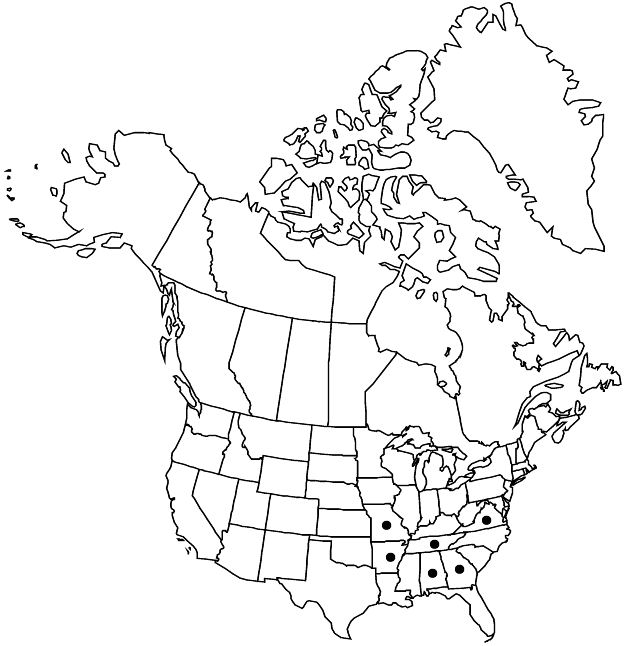Difference between revisions of "Crataegus neobushii"
Trees & Shrubs 2: 9, plate 105. 1907.
imported>Volume Importer |
imported>Volume Importer |
||
| Line 60: | Line 60: | ||
|publication year=1907 | |publication year=1907 | ||
|special status=Endemic | |special status=Endemic | ||
| − | |source xml=https:// | + | |source xml=https://bitbucket.org/aafc-mbb/fna-data-curation/src/2e0870ddd59836b60bcf96646a41e87ea5a5943a/coarse_grained_fna_xml/V9/V9_1002.xml |
|subfamily=Rosaceae subfam. Amygdaloideae | |subfamily=Rosaceae subfam. Amygdaloideae | ||
|tribe=Rosaceae tribe Gillenieae | |tribe=Rosaceae tribe Gillenieae | ||
Latest revision as of 22:53, 5 November 2020
Shrubs, 20–40 dm. Stems: twigs: new growth reddish young, glabrous, 1-year old brownish purple, older dark gray; thorns on twigs straight to reflexed, 2-years old dark, sometimes blackish, ± slender, 3–5 cm. Leaves: petiole 1 mm wide, length 33–50% blade, glabrous, sometimes stipitate-glandular; blade trullate-ovate, 4–6 cm, length/width = 1.2–1.6, thin, base ± cuneate, lobes 4 per side, sinuses shallow, lobe apex acute, margins serrate except proximally, teeth 1 mm, gland-tipped, veins 4–6 per side, apex acute, abaxial surface glabrous, adaxial sparsely pubescent or glabrous young, glabrescent, veins persistently pilose. Inflorescences 3–7-flowered; branches glabrous; bracteoles initially abundant, often reddish, margins short-stipitate-glandular. Flowers 18–22 mm diam.; hypanthium glabrous; sepal length not recorded, margins glandular-pectinate, at least distally; stamens 10, anthers rose; styles 3–5. Pomes yellowish to orangish, suborbicular, 10 mm diam., glabrous, sometimes gland-dotted; sepals on collar, patent; pyrenes 3–5.
Phenology: Flowering Apr; fruiting Sep–Oct.
Habitat: Open woodland understory
Elevation: 20–300 m
Distribution

Ala., Ark., Ga., Mo., Tenn., Va.
Discussion
Crataegus neobushii is sparsely distributed from Missouri and Arkansas to Virginia and Georgia.
In Crataegus neobushii, the length-width ratio of the leaves is variable; the more or less straight edge from near the widest part of the leaf along the lobe apices to the tip of the leaf, forming a trullate to deltate overall shape, is distinctive. The difference between C. neobushii and C. buckleyi may seem slight but the latter has a different leaf shape as indicated in the key. Specimens of C. neobushii with leaves shallowly incised may be hard to distinguish from C. rubella. Crataegus neobushii is similar to the inadequately studied C. cuprea Sargent (a prior name), and this requires resolution.
Selected References
None.